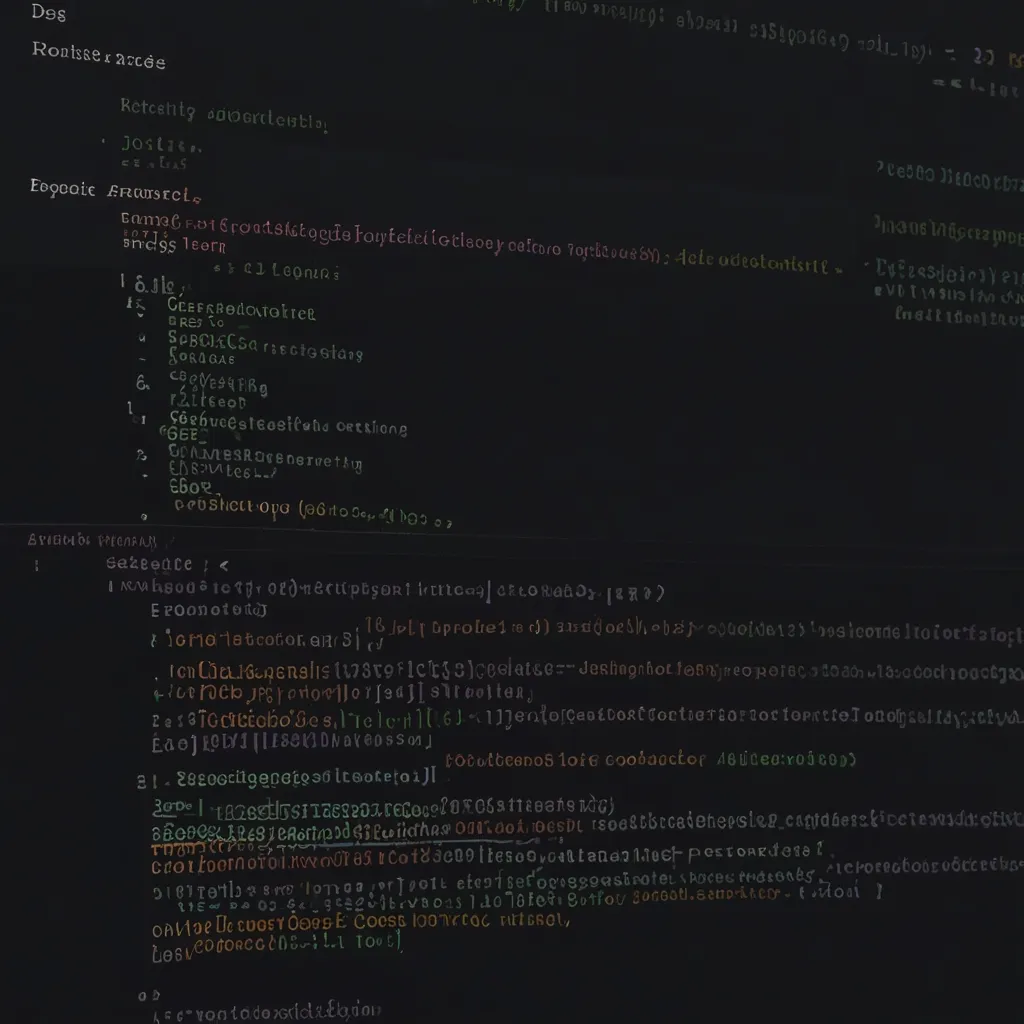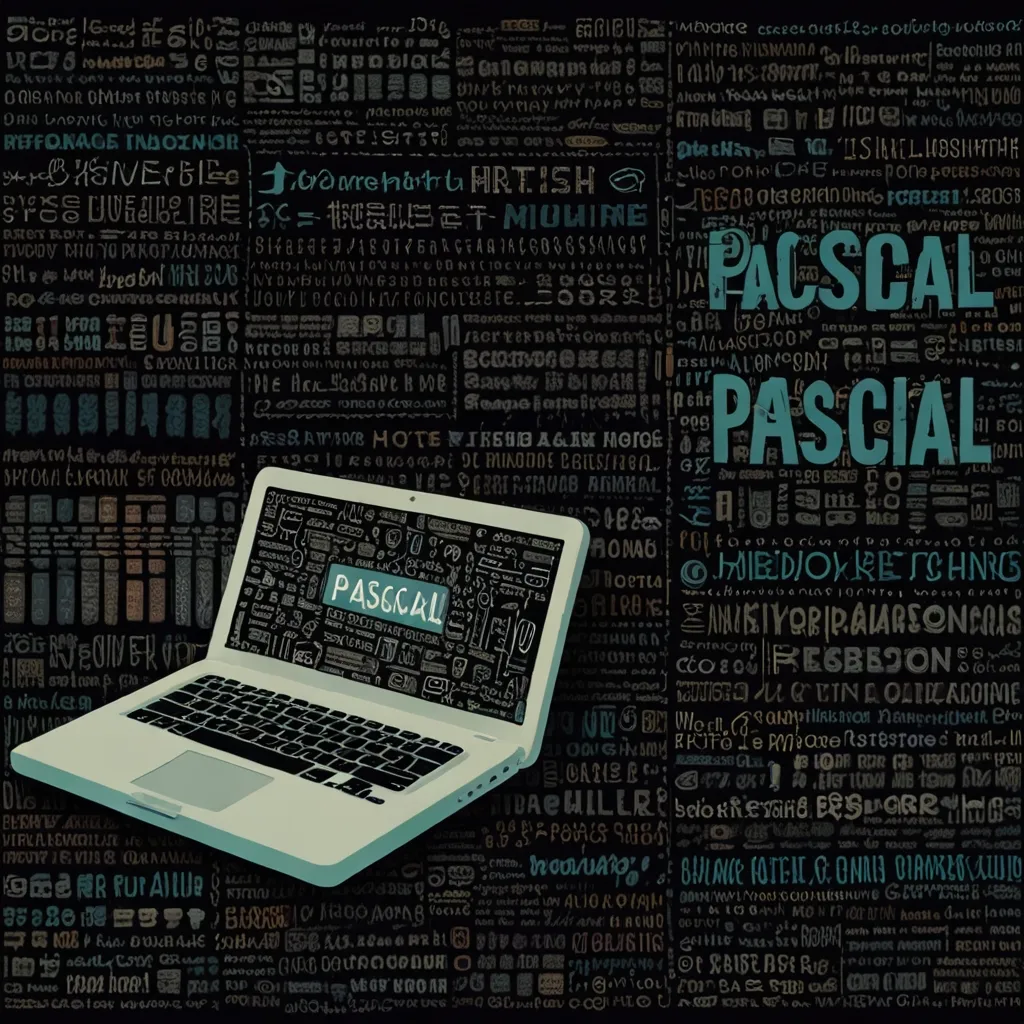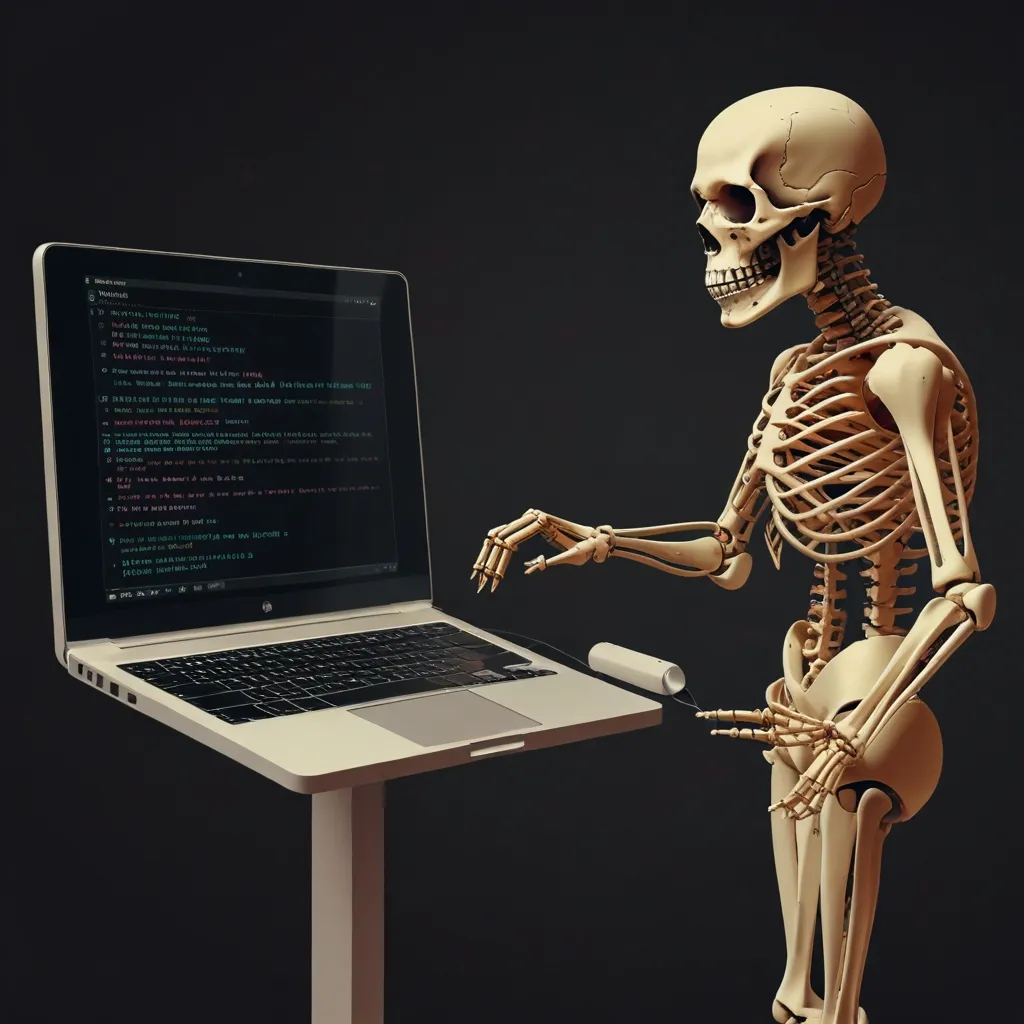Picture Python as that super comfy pair of jeans that seems to fit everyone and works for nearly every occasion. This programming language has earned the nickname “the second best language for everything,” and there’s a good reason for that. It’s like a Swiss Army knife, packed with features and built-in tools that make it an excellent go-to for all sorts of tasks, from building websites to crunching numbers and even developing artificial intelligence (AI) models.
Python’s Versatility
One of Python’s coolest traits is its chameleon-like ability to blend into various roles. Whether you’re diving into web development, playing with data, or exploring the realms of AI, Python’s got your back. For web projects, you’ve got robust frameworks like Django and Flask. Django is like that all-in-one toolkit that makes piecing together a secure and scalable website a breeze. If you want something lighter and more flexible, Flask could be your jam.
In the world of data and AI, Python shines even brighter. Think of it as having a toolbox with heavy-duty tools like NumPy, pandas, and scikit-learn. NumPy handles the number crunching with the grace of a ballerina but the power of a bulldozer. Pandas come in with its awesome data manipulation capabilities, making your data more like a neatly organized spreadsheet. And scikit-learn? It’s the go-to for machine learning algorithms, helping you build and test models at lightning speed. It’s no wonder Python has become such a go-to for data scientists and researchers everywhere.
The Beauty of Simplicity
Python is like the Hemingway of programming languages: simple, straightforward, and easy on the eyes. The designers behind Python had a mantra— “readability counts”— and the result is code that’s as intuitive as reading a good novel. The use of indentation to break up code not only makes the text visually appealing but also crystal clear. This isn’t just for the lone coder hunched over a computer; it’s also a huge boon for teamwork. When everyone can easily read and understand the code, collaboration becomes a breeze.
For newcomers, Python is a godsend. Its syntax is almost like writing phrases in English, making it super accessible for those who are just dipping their toes into the coding pool. Plus, it allows for rapid development. You can whip up a script or a small app in no time, tweak it, and see the results quickly, which is incredibly satisfying and motivating.
Libraries Galore
Imagine walking into an all-you-can-eat buffet, but instead of food, you have libraries—shelves stocked with pre-written, battle-tested, and well-documented code. Python’s got libraries for almost anything you can think of. Whether you’re dealing with network requests, data visualization, or scientific computing, there’s probably already a library for it. For example, requests make network interactions as easy as pie. Matplotlib turns your data into colorful graphs and charts, while SciPy brings in the heavy machinery for scientific computing.
This “batteries included” philosophy means Python comes preloaded with a treasure trove of libraries, saving you the hassle of hunting for basic functionalities elsewhere. Many other languages require you to import additional libraries for tasks you can handle out-of-the-box with Python.
Real-World Impact
Python isn’t just a hit in tech circles; it’s a real-world superhero being used by giants like Google, Facebook, Instagram, and Netflix. Even NASA relies on Python for some of its projects. Take YouTube, for instance—Python powers a lot of its backend processes. Search engines also lean on Python for data wrangling and analysis.
When it comes to AI and machine learning, Python is the star of the show. Libraries like Keras and TensorFlow are powerhouses for building and training AI models. These tools make the entire process—from prototyping to deployment—a smooth ride, appealing to researchers and developers alike.
Perfect for Automation
Python is like that reliable friend who always helps you out with chores. Scripting and automation come naturally to it. The syntax is so user-friendly, and the standard library includes everything from operating system interactions to network operations. This makes Python an excellent choice for automating repetitive and mundane tasks. Need to sort files, process data, or manage systems? Python’s got you covered.
Handling Performance
Okay, so here’s the deal: Python might not be the fastest language out there. If you’re in a race for performance, you might want to bring in some reinforcements from faster languages like C. This combo approach allows you to play to each language’s strengths. Think of it as having a speedy sports car inside a comfortable minivan—you get the best of both worlds.
Community Power
Python isn’t just a language; it’s a movement. The passionate community behind it keeps adding to its treasure trove of tools, libraries, and frameworks. The open-source culture means anyone can pitch in, ensuring Python keeps evolving. This community vibe isn’t just about the language improving; it’s also about readily available support. Got a question? There’s probably a Pythonista online ready to help.
Learning and Transitioning
If you’re new to programming, starting with Python feels like choosing the easy level in a game. Its readability and simplicity lower the learning curve dramatically. And here’s the kicker: the programming fundamentals you pick up with Python—things like data types, variables, loops, and functions—are universal. So, if you ever decide to switch gears and learn another language, you’ll find the transition smoother than you might think. Whether it’s diving into JavaScript or tackling R, your Python skills will give you a solid foundation.
Wrapping Up
In the grand landscape of programming, Python stands out like a trusty, all-purpose tool. Its versatility, easy readability, and extensive libraries make it a fantastic choice for a range of applications. Whether you’re aiming to build a web app, analyze tons of data, or craft an AI model, Python’s got the tools and the vibrant community to back you up. Its simplicity also makes it a great starting point for beginners while still offering the depth needed by seasoned pros. So, whether you’re just starting your coding journey or you’re a seasoned developer, Python is likely to remain a cornerstone in your toolkit for years to come.






